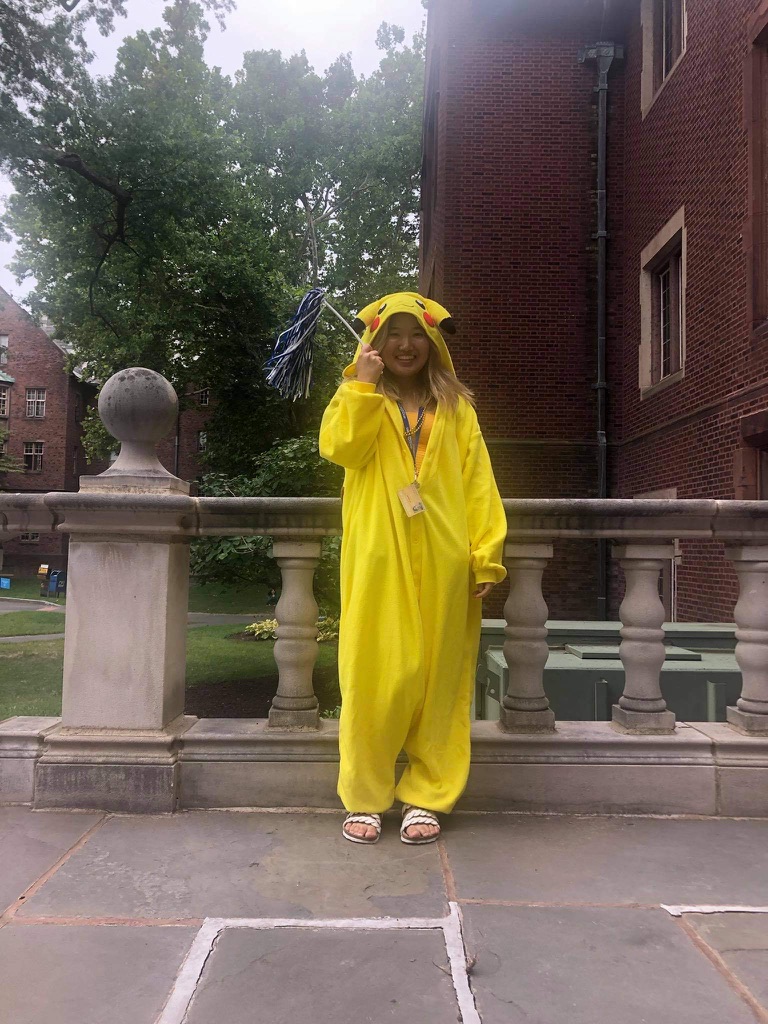
Sari Morikawa is an intern at the Oral History Center (OHC) of The Bancroft Library at UC Berkeley. She is a Mount Holyoke College history major with a keen interest in American history. Sari is being mentored by interviewer/historians Amanda Tewes and Roger Eardley-Pryor.
Reading Frank Inami’s oral history made me wonder about the persecution of Japanese Americans and the surprisingly recent freedoms of American citizens to marry whomever they love. Inami recorded his oral history in 2013 and 2014 with David Dunham and Candice Fukumoto as part of the Oral History Center’s Japanese American Confinement Sites and World War II American Home Front Oral History Projects.
Frank Inami, a Nisei Japanese American (second-generation Japanese American), was born in 1921 in the City of Madera in the Central Valley of California. Inami grew up on a vegetable farm and began attending UC Berkeley in 1939. During World War II, Inami’s studies at Berkeley ended prematurely when the US government unjustly imprisoned him and his family in the Fresno Assembly Center, and the Jerome and Rohwer detention camps in Arkansas due to their Japanese heritage. Inami eventually left the prison camp to attend Illinois Tech and study electrical engineering. After experiencing ups and downs in college and incarceration centers during World War II, he later volunteered in the Military Intelligence Services. After further service during the Korean War, Inami worked as an electrical engineer at Lawrence Livermore National Laboratory.
For me, as an international student from Japan who is studying in the United States, the main highlight of Frank Inami’s interview was his experiences of incarceration at the Fresno Assembly Center and Jerome and Rohwer prison camps, and his postwar transition back to the West Coast. One thing that struck me about Inami’s interview is his description of how rumors became a big part of how imprisoned Japanese Americans collected information and interacted with other people. Under the circumstances where no prisoners had clear information, rumor mills were necessary to network with other prisoners and form a clearer sense of what was happening within the prisons as well as life outside of the centers.
I also found especially intriguing Inami’s stories about anti-miscegenation and the taboo about interracial dating during World War II. Inami had a classmate back in elementary and high school who was European American. This classmate didn’t like Inami and often teased him by saying, “Frank can’t marry a White; White can’t marry Japanese,” and, “I don’t want a minority” in the classroom. Concerns about interracial marriage also appeared in Inami’s parents’ perspectives of marriage and dating. His mother avidly believed that “racial differences” would not allow for a successful marriage, while his father considered white women to be ruthless marriage partners.
Inami’s interview made me wonder about how much influence the prevalence of racism and anti-miscegenation laws have had in recent American history and the ways they might have impacted many peoples’ notions of marriage and dating. Until the Supreme Court ruled in the landmark court case Loving v. Virginia in 1967, many states codified anti-miscegenation laws and prevented interracial marriages. Even California’s ban on interracial marriage, about which Frank Inami recalled being taunted, was not struck down until 1948 in Perez v. Sharp. For me, these issues about acceptable marriage partners connect to themes of belonging, identity, and community in the United States. This year marks the 55th anniversary of Loving v. Virginia. Since this court case later impacted some basic rights, such as same-sex marriage (Obergefell v. Hodges), it plays a big part in US Constitutional Law. Yet, on the personal level, I see some instances where anti-miscegenation is still in effect. For example, some people jokingly told me that they didn’t want to date folks from other racial groups or only wanted to date “Americans.”
It’s 2022; yet, it seems to me we still live with the specter of anti-miscegenation laws and racist notions of romantic partnership. For instance, after the Supreme Court overturned Roe v. Wade earlier this summer, some advocates for equal rights have been concerned about the possibility of overturning Loving v. Virginia. Overturning that legal precedent would not only limit Americans’ civil liberties to marry whom they wish, it would also impact cultural notions of belonging and identity in the United States.
Frank Inami’s firsthand accounts about life in the mid-twentieth century made me think about how racially discriminatory laws and practices may have influenced contemporary values on marriage and dating. Most importantly, his oral history made me reckon with the evolving meanings of belonging and identity in the United States.
Compared to other oral history interviews I’ve read about Japanese American incarceration during World War II, Inami’s experience was more privileged than some. He luckily stuck with his family throughout the incarceration (the War Relocation Authority often cut family ties by sending relatives to different camps). He later left the camp voluntarily to study electrical engineering and eventually had a successful career at the Lawrence Livermore National Laboratory. And yet he also experienced huge personal and professional setbacks in his life. Inami’s interview taught me it is possible to keep moving forward despite unprecedented obstacles and heartbreaks.
Find Frank Inami’s interview and all our oral histories from the search feature on our home page. You can search by name, key word, and several other criteria.